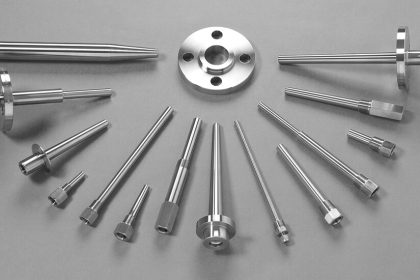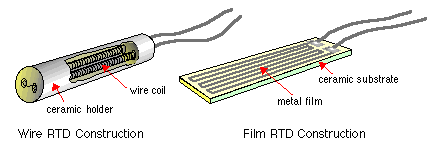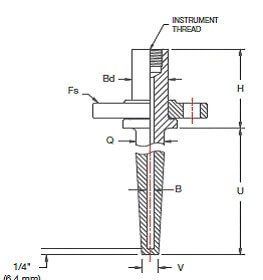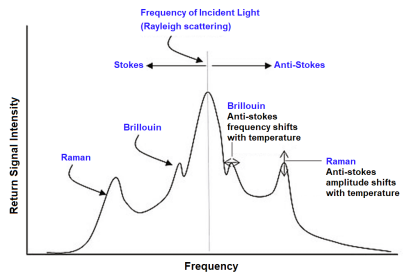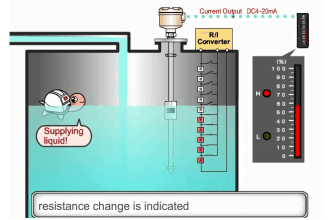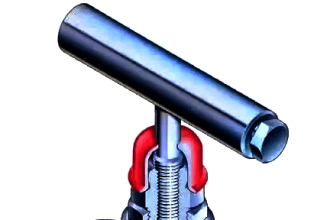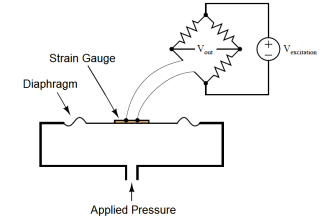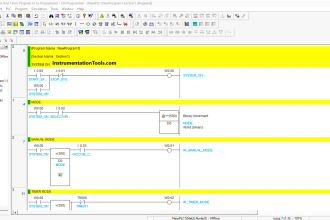In this post, we will see the working of an infrared thermometer
Nowadays, apart from hand-held thermometer probes, which needed to be fitted around a human arm or mouth, infrared thermometers are widely used in place of that.
Infrared is one of the types of radiation in the electromagnetic spectrum. Other types of radiation are visible light, radio, ultraviolet, gamma, and X-rays.
Basically, every object in this world has some energy and mass in it. The energy is emitted in the form of heat. This means that atoms are involved in this energy.
The more the movement of these atoms, the more the heat emitted. The heat emitted is in the form of infrared rays. These rays are not visible to human eyes. But, its warmth can be sensed on the skin surface.
Infrared Thermometer
An infrared thermometer does this job exactly by capturing the infrared radiation coming from the object. Like a camera has a lens to focus the surrounding light in it, this thermometer has a lens to focus the infrared radiation and transmit it to its internal circuit for detection.
Basically, a spot is focused on the object which then captures all the atomic movement there in the form of infrared heat.
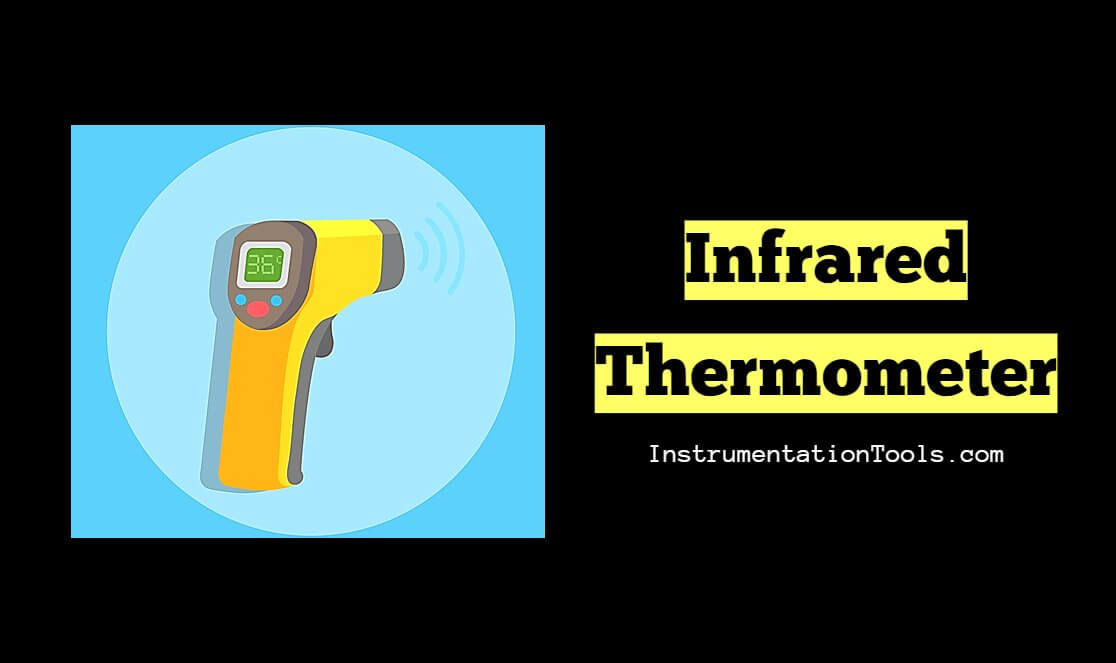
The infrared rays captured are passed from the lens to an IR detector. The role of the detector is to convert thermal energy into electrical energy.
There are normally two types of detectors
- Optical and
- Thermal.
The conversion time of optical detectors is faster than thermal detectors.
The electrical output is then passed to ADC’s (Analog to Digital Converter) and then to microprocessor circuits to give the final digital reading of the temperature in the display.
An infrared thermometer will display the temperature in a quicker time than a standard thermometer.
In this way, an infrared thermometer captures the infrared heat and converts it into a digital temperature reading.
Distance to Spot Ratio (DTS)
Now, let us see an important aspect of this device when buying it. It is called DTS (Distance to Spot Ratio).
Consider a simple example of a person standing near a building. Only that part of the building will be visible to him that is in his eyesight. He cannot see the whole building in single eyesight.
But as he moves away from the building, his range of eyesight increases; due to which he can see a more part of the building than he could see earlier. This same principle is called DTS in infrared thermometer.
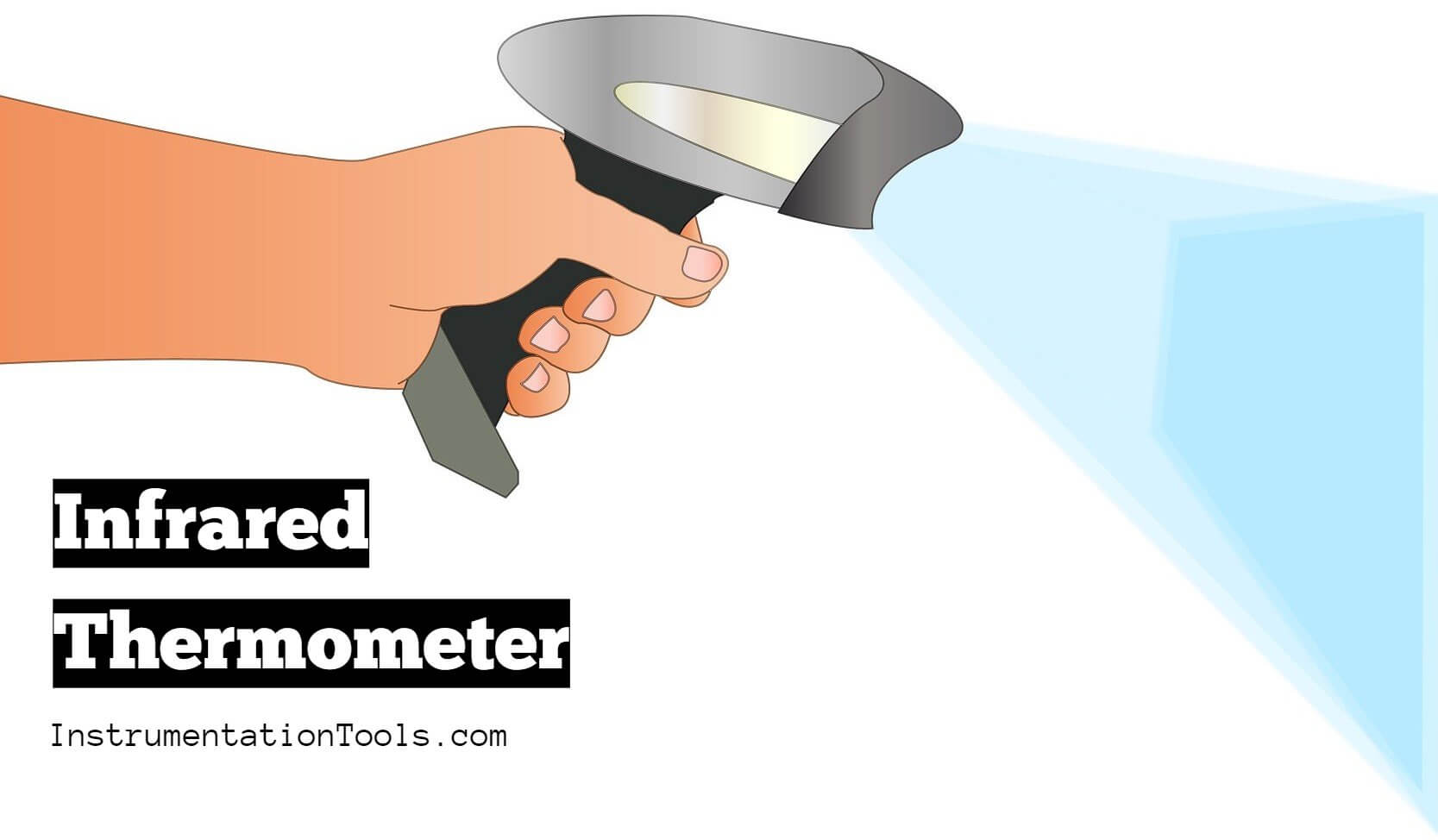
As discussed earlier, a focus is captured in the lens from the spot where it is placed. So, imagine a beam of infrared energy coming from the surface to the lens.
Now, as you move the lens away from the object, the spot covered too increases; same as the eyesight example we saw earlier. The larger the spot covered, the larger the amount of energy captured in the lens.
You get a bigger probability of the atoms moving at the surface which makes it easier for the thermometer to give more accurate results.
So, the higher the DTS, the higher the accuracy covered. Generally, it comes like a ratio of 20:1, 50:1, etc.
For example, 20:1 means when the thermometer is placed at a distance of 20 feet from the object, a spot distance of 1 foot can be covered from the object. As you move closer towards the object, the spot area to decreases.
This is the basic principle of an infrared thermometer. It is more accurate and quick than a standard thermometer.
If you liked this article, then please subscribe to our YouTube Channel for Instrumentation, Electrical, PLC, and SCADA video tutorials.
You can also follow us on Facebook and Twitter to receive daily updates.
Read Next:


